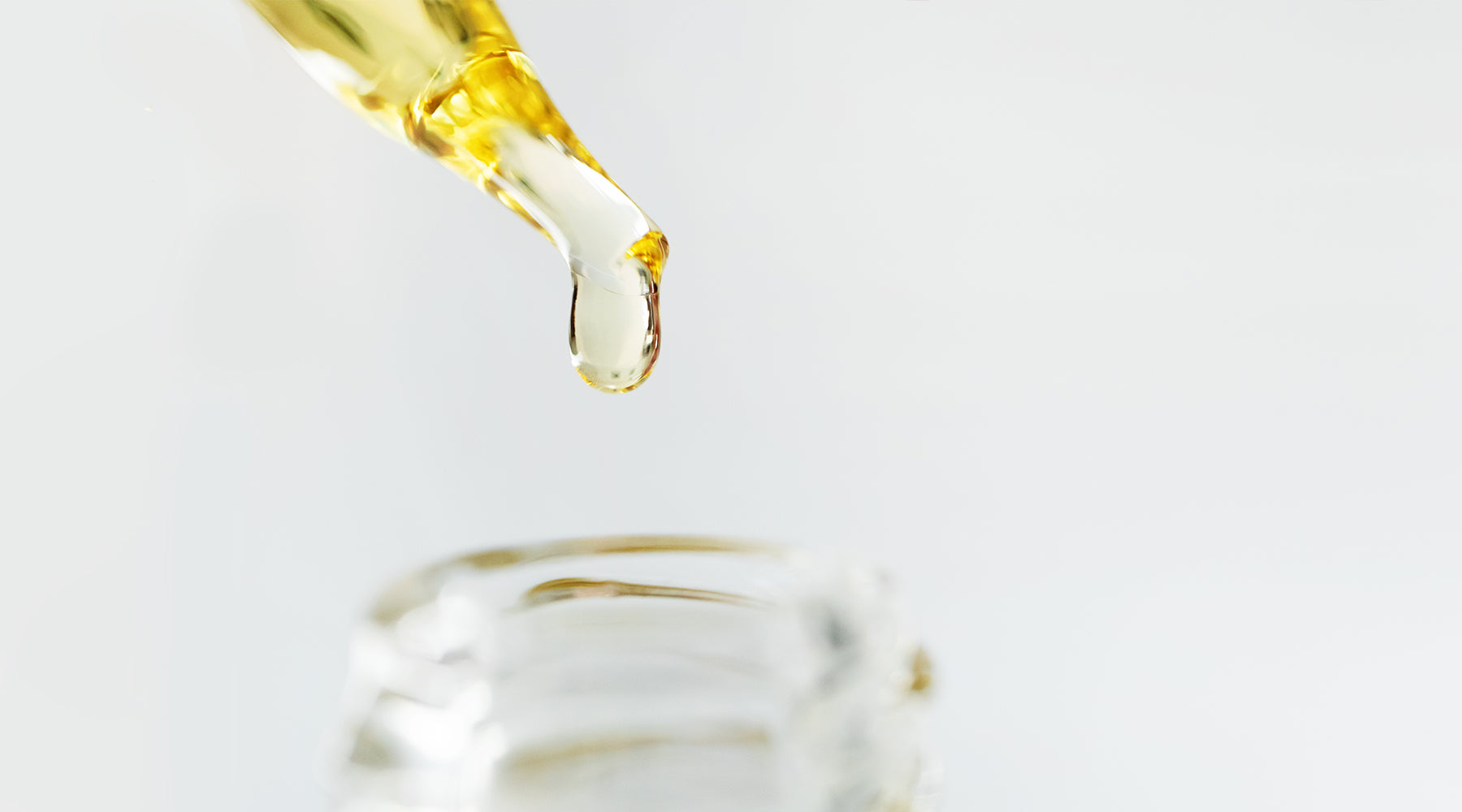
What are Dry and Wet Oils?
Dry and wet oils are terms often used to describe different types of skincare oils based on their absorption rate and texture on the skin.
Difference between Dry and Wet Oils
Absorption rate
Dry oils are typically absorbed more quickly into the skin than wet oils due to smaller molecules that can penetrate the skin more easily, and wet oils have larger molecules that sit on the skin's surface longer. Our Uplifting Facial Oil is fast absorbing, making it a great moisturizer to lock in moisture. It is considered a dry oil.
Texture
Dry oils have a lighter, more non-greasy texture than wet oils and tend to absorb quickly and leave the skin feeling smooth and velvety without a heavy or oily residue. Wet oils, conversely, can feel heavier and more moisturizing on the skin, which can be beneficial for very dry or mature skin types. Our Anti-Aging Facial Oil is a mix of both Wet and Dry Oil that absorbs into the skin without a greasy feel.
Function
Dry oils are often used as a fast-absorbing moisturizer and can provide additional benefits such as antioxidant protection or anti-inflammatory properties. Wet oils are used for deep hydration and nourishment and can be used for massage or as a body oil.
Examples of dry oils include argan oil, rosehip oil, and grapeseed oil, while wet oils include coconut oil, avocado oil, and jojoba oil. However, it's important to note that oil classification as "dry" or "wet" is not always clear-cut, and some oils may fall somewhere in between. Ultimately, choosing between dry and wet oils will depend on your skin type and the specific benefits you seek in a skincare product.
________________________________________________________________________
 Anti Aging Facial Oil Anti Aging Facial Oil |
